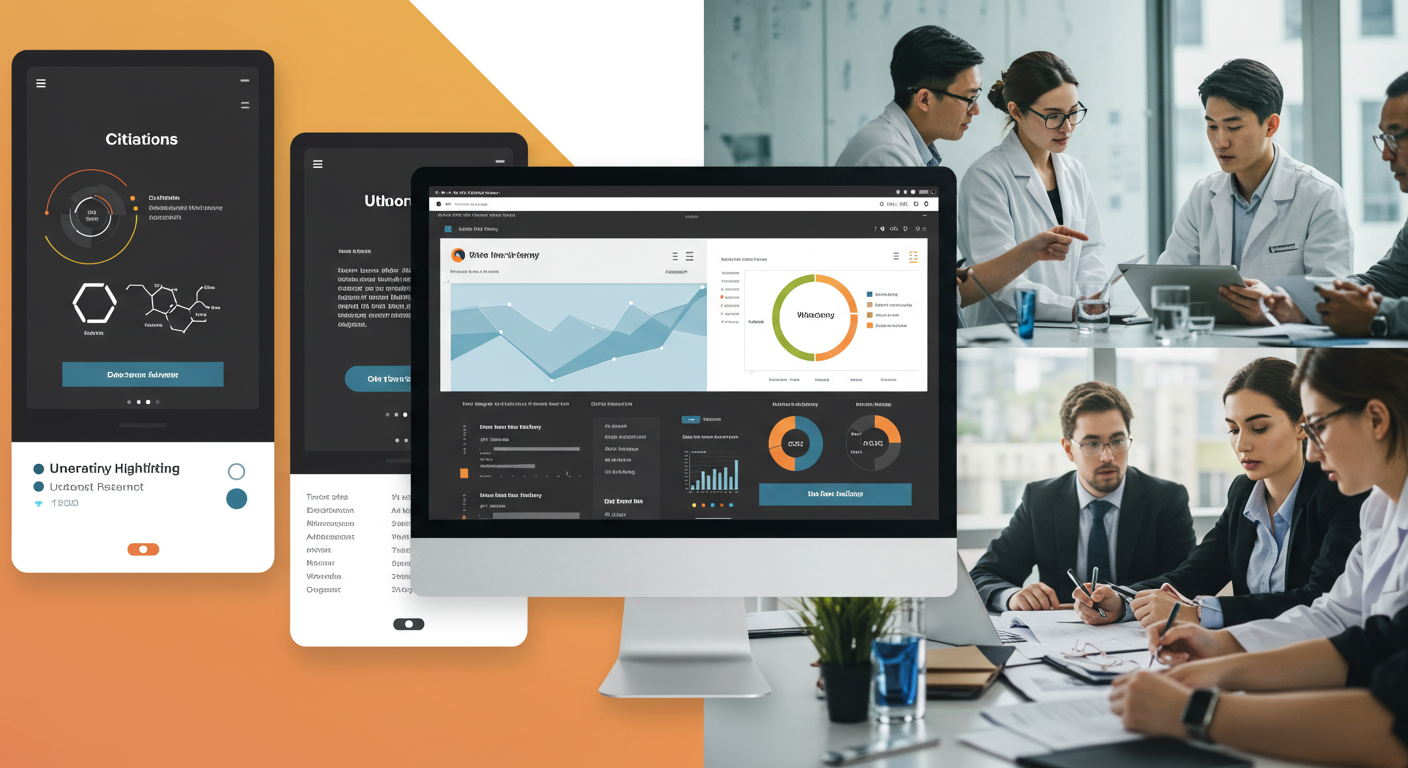AI Research & Enterprise Architecture
OOUXML Deep Learning Project
A strategic R&D initiative, inspired by a Utility Media Solutions (UMS), LLC stock keeping unit (SKU) and industrial design and development lifecycle algorithm in 2008, laid the groundwork for later advanced research and hands-on testing with generative AI models starting around 2021. This work directly led to the enhancement of Object-Oriented UX design validation by effectively leveraging multiple AI/ML models to create a more trustworthy and interpretable user experience and user interface code generation. Read More →

The Challenge
As organizations increasingly integrate AI, a critical challenge has emerged: ensuring AI-driven products are not only functional but also trustworthy, understandable, and user-centric. The common "black box" perception of AI leads to user skepticism, difficulty in measuring performance, and significant risk from potential AI hallucinations and bias in high-stakes environments.
The gap between powerful AI technology and a truly human-centric experience needed a bridge built on evidence, ethics, and architectural rigor.
My Process: An OOUX-AI-Driven Approach
1. Grounding in OOUX Principles
The project's foundation is a pragmatic, systems-first philosophy. I began by applying Object-Oriented UX (OOUX) principles, treating the user experience as an engineered system. This involved mapping the core objects, attributes, and relationships within a given problem space to create a clear, structured blueprint before introducing AI.

2. AI/ML Augmentation & Cross-Validation
I then augmented this structural blueprint with the power of generative AI. Using my expertise in AIML-Augmented Cognitive Data Science, I leveraged multiple models like GPT-2.5 through 4o, Claude beta to 3, and Bard then Gemini to analyze, validate, and refine the object models against vast datasets of user interactions and domain knowledge. Cross-validating outputs across several LLMs was a key step to ensure robustness and mitigate model-specific bias.
3. Prototyping for Trust & Interpretability
The core of the hands-on work was designing and prototyping critical UI patterns that make AI systems transparent and steerable. This included creating high-fidelity mockups for verifiable answers with in-line citations, visual indicators for model hallucination and uncertainty, and interfaces for human-agent collaboration, allowing users to direct and monitor autonomous AI workflows.
4. Authoring an AI Safety & Ethics Framework
Leveraging my work at Leidos, I formalized the research into an AI analysis framework for evaluating AI safety, ethics, and steerability. This framework provides a structured methodology for testing systems against risk and bias, creating a repeatable process for building trustworthy AI that is foundational for any high-stakes deployment.
The Outcome & Impact
The OOUXML project serves as a powerful blueprint for creating next-generation AI systems that are not only intelligent but also accountable, transparent, and aligned with user needs, delivering value across the entire product lifecycle.
Learnings & Reflections
This initiative solidified my belief that the most profound challenges in AI are not purely technical; they are challenges of user experience and trust. By grounding AI augmentation in the structured, user-centric principles of OOUX, we can move beyond the "black box." This project proves that we can architect systems that are both incredibly powerful and fundamentally human, providing a clear methodology for designing the next frontier of trustworthy AI. To see these architectural principles applied to specific, high-stakes scenarios, explore my growing library of AI Interaction Pattern Library →
Capabilities →
All Work →
AI Interaction Patterns →
About →
Skills →